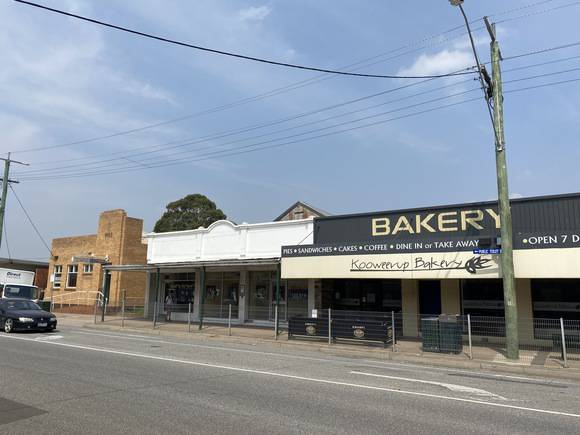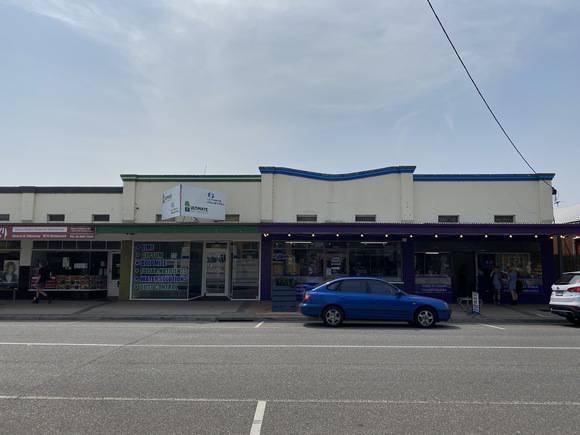| Back to search results » | Back to search page » |
|
Koo Wee Rup Commercial Precinct
Location272-300 Rossiter Road and 275-297 Rossiter Road and 2-16 Station Street and 56-86 Station Street KOO WEE RUP, CARDINIA SHIRE LevelIncluded in Heritage Overlay |
|
Statement of Significance
What is significant? The Koo Wee Rup commercial precinct comprises much of the main
commercial centre of Koo Wee Rup, which contains a number of early to
mid-twentieth century commercial buildings, with the extent 275-297
and 272-300 Rossiter Road, and2-16 and 56-86 Station Street, Koo Wee
Rup. The majority of the precinct is within the original township
area, while the properties on the south-east side of Rossiter Road
were created as the result of a 1920 subdivision. Most of the
contributory buildings in the precinct were constructed between 1919
and 1940, a time when Koo Wee Rup was undergoing a period of
significant growth. The majority are single-storey rendered brick
shops, some with decorative parapets. There are three interwar
garages, including one in the Spanish Mission style and one in the
Streamlined Moderne style. Buildings of individual significance are: -The Dustings Garage -The Wattle Theatre -The ANZ Bank -The G & L Light Mechanical Garage at 68 Station Street. The buildings at 279-285, 276, 278, 280-282, 287, 290, 297 and 300
Rossiter Road and 56-58, 72-74 and 86 Station Street contribute to the
significance of the precinct. The buildings at 275-277 & 291 Rossiter Road, 2-6 Station Street
and at the Telstra site on Station Street (Lots 1 & 2 TP853604)
are not contributory. How is it significant? The Koo Wee Rup commercial precinct is of local historic significance
to Cardinia Shire. Why is it significant? The Koo Wee Rup commercial precinct is historically significant as
evidence of an important phase in the growth of Koo Wee Rup in the
interwar period when it grew to become the most important commercial
centre in Cranbourne Shire. It is also significant as a representative
example of a mid twentieth century commercial precinct, which is
typical of the self-contained centres formed around railway stations
in country towns during that era. (RNE criteria A.4, D.2 and H.1)
Group
Commercial
Category
Commercial Precinct






